- Homepage
- News and Features
- Does BIGGA's latest Master Greenkeeper work at the golf course of the future?
Does BIGGA's latest Master Greenkeeper work at the golf course of the future?
BIGGA meets Master Greenkeeper 89, Janne Lehto of Hirsala in Finland.
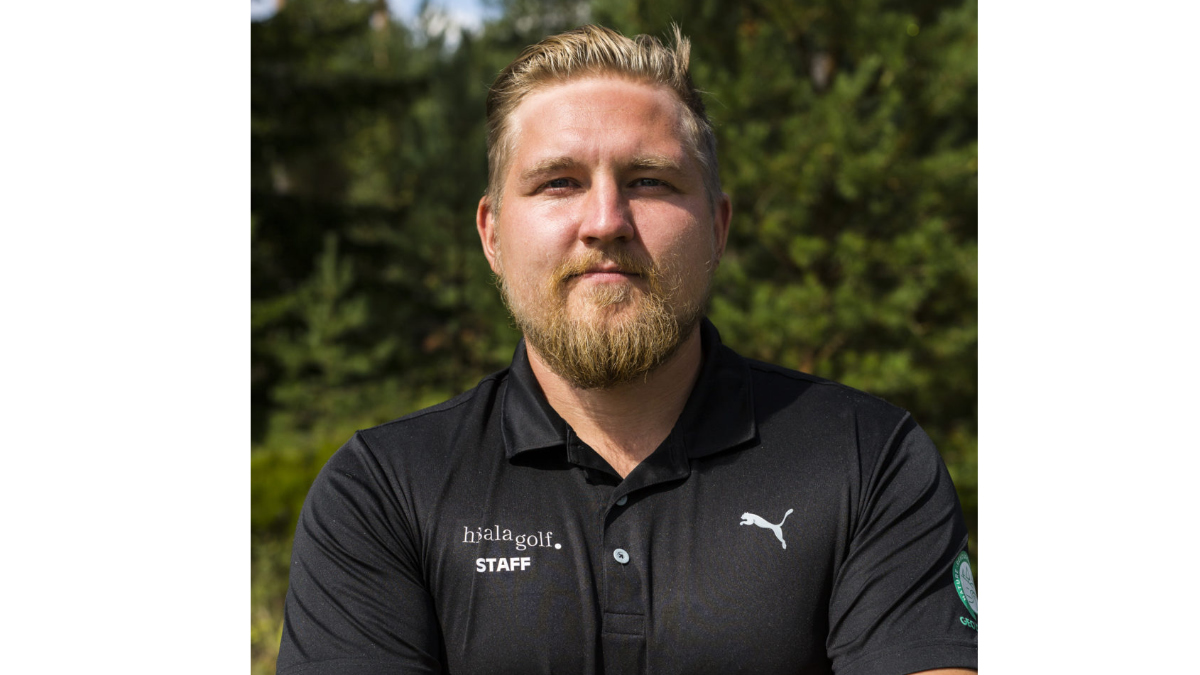
Think of Scandinavia and you think of clean energy, new technology and cold weather, so why should Nordic golf courses be any different?
BIGGA’s Karl Hansell recently sat down for a conversation with BIGGA’s latest Master Greenkeeper, Janne Lehto, and he explained how Hirsala Golf in Finland is embracing the opportunities presented by modern technology, while reflecting on the challenges of producing a golf course in a climate where there is snow cover for four months a year.
Janne’s grandfather and parents are both members at Hirsala and so when he opted to pursue a career in greenkeeping, that was naturally where he began his career. A desire to create a lasting impact took him around the world, but all the knowledge Janne sought was gained for the purpose of improving his home course.
He attended university in Germany before joining David Cole MG’s team at Loch Lomond. A season at Woodlands in Melbourne, Australia, followed before he returned to Hirsala in 2016, taking on the course manager role in 2017.
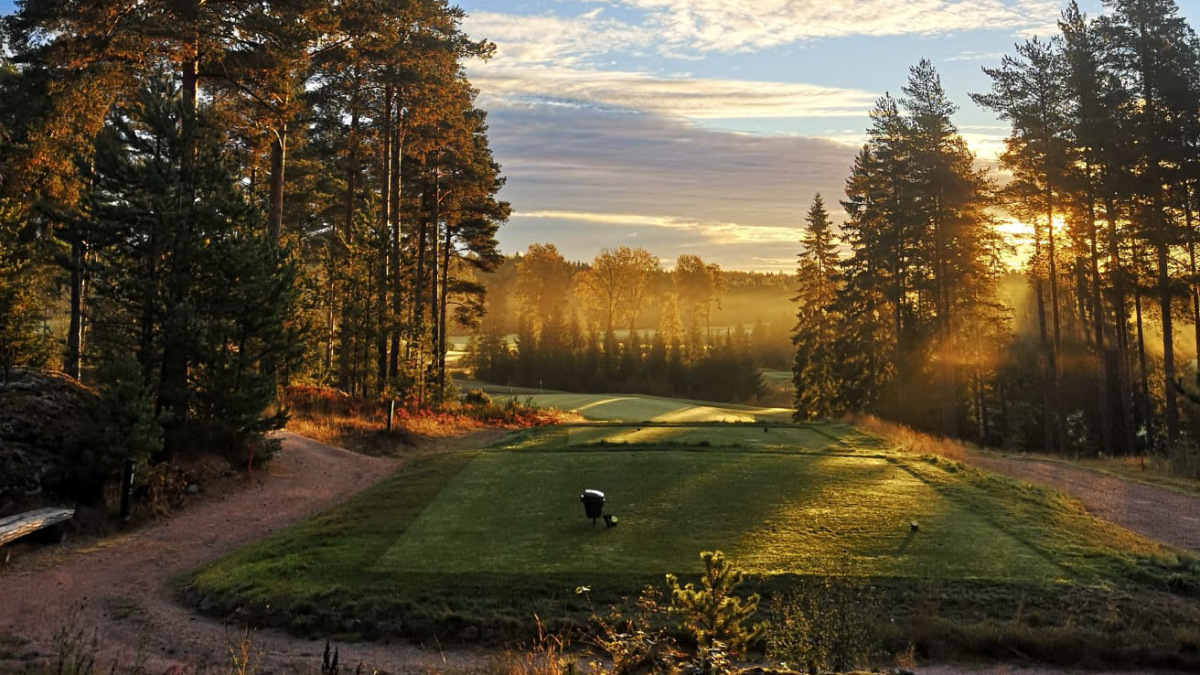
Beyond work and Janne is in his sixth year as chairperson of the Finnish Greenkeepers Association. There are 300 members and the annual conference attracts up to 120 people. Golf in Finland is a growing sport and although Helsinki GC, the oldest, dates to 1932, many of the courses were built in the 1980s. There are now 140 clubs in Finland with the majority located in the south. Further north and the lack of daylight restricts the playing season to just four months, although during summer it isn’t uncommon for rounds to tee off at midnight.
Permanent snow cover begins early December and can last until April. With Finland a member of the European Union, there are growing concerns about the availability of products that protect the course during winter.
“In Finland we have two seasons: winter and preparing for winter,” said Janne. “And there’s a bit of golf in between.”
Monitoring turf health becomes a priority when the course is undercover and the sward composition has a huge impact on how it copes under such extreme conditions.
“We have creeping bentgrass greens and that can last up to three months under ice,” explained Janne. “But if you have Poa greens, which most of the clubs in southern Finland have, they only last for two weeks before the Poa dies.”
With that in mind, a key management strategy is to keep the turf as pure creeping bent as they can as it gives the club a headstart over others that must wait until the seed bank reactivates in spring.
“Other courses need to react much quicker to prevent the spread of disease and accumulation of ice,” said Janne. “At your older clubs, which normally have a seed bank of Poa, they might just leave it and not do anything over the winter. Then if it dies, it dies. They are always going to activate the seed bank in the spring and then by mid-June you will have good greens. But newer courses that have mixed Poa greens will need to keep them ice free all winter.”
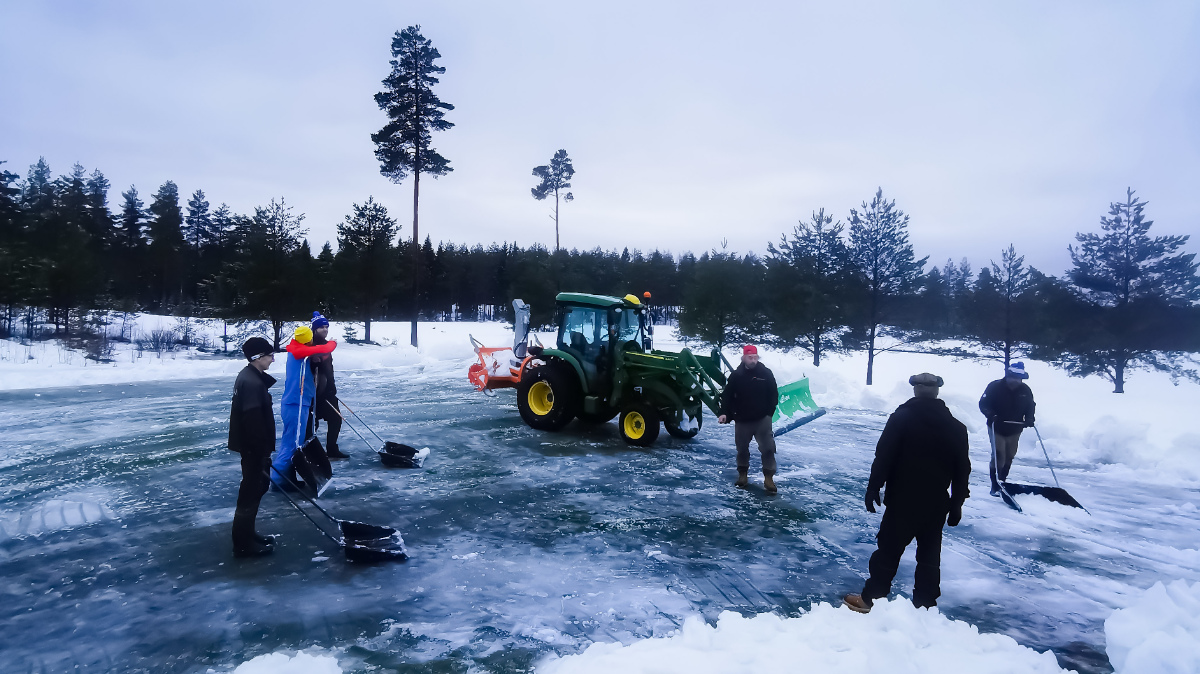
The process of keeping greens free from ice coverage relies upon being able to remove the snow layer and then applying pigments, sand or fertilisers to melt it down. If that’s not possible, mechanical removal can be attempted by crushing the ice and pushing it away.
A tool that helps keep turf healthy while under ice is Medallion, the contact fungicide from Syngenta. Under the cooler temperatures the product can remain active in the plant for much of the winter. The potential withdrawal of this and other products will threaten the health of courses and so Janne is working alongside the Finnish Golf Union to lobby members of parliament and the European Golf Association.
“It’s really going to hurt us badly if the fungicides are gone,” said Janne. “We only apply them to 1.5% of the whole surface area of the golf course, so in general we’re talking about a tiny piece of land. I know the EU Pesticide Regulation is focused on human health, but we’re mainly doing these applications when the course is closed. We are hoping to gain special permission for winter applications on the greens. Then in the summer, we just need to cope.”
While much of the talk is on products that are being lost, innovations in other areas have the potential to support the activities of the greenkeepers. The team uses a John Deere fleet that is powered not by diesel but by fuel produced from waste products. As the cost of fossil fuels increases, this has the potential to be a viable alternative.
The club is also working with the Scandinavian Turf Research Foundation (STERF) to explore the use of autonomous machinery on the course. The fairways and 80% of the rough at Hirsala are now maintained by 34 Husqvarna Automower robotic mowers. The electric machines are fuelled by solar power drawn from panels on the clubhouse and maintenance facility roof and they can operate 24 hours a day, meaning mowing can take place at night, when there are no golfers to disturb.
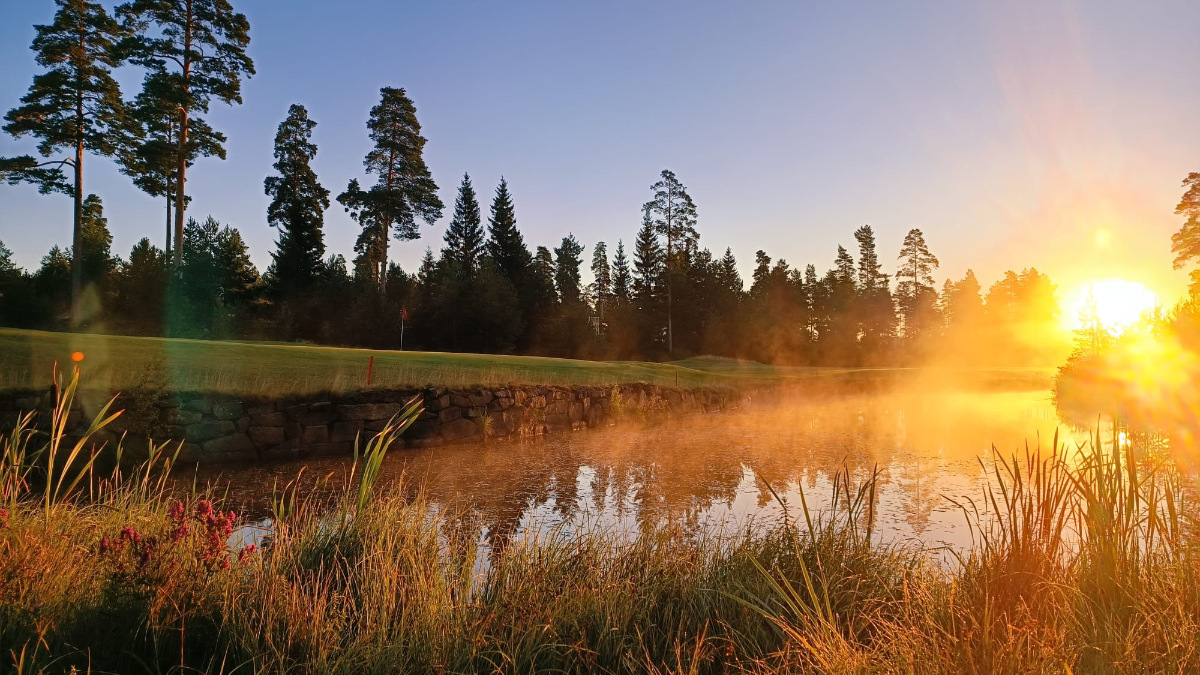
“We’re seeing direct test results and the cutting quality is on par with the traditional mower on the fairways and it’s actually better on the roughs because it’s cutting regularly, whereas otherwise it would only be twice a week with a traditional mower.” Said Janne. “When we started the programme five years ago, it was in my mind that I didn’t want to give up any of the greenkeeping staff we have. We all know there is plenty of stuff we can do, we’re just allocating the hours differently. Not mowing fairways and rough is freeing up a lot of time to do hand work like hand cutting greens and tees, hand watering or data collection.”
Being lightweight compared to a traditional mower operator, means the robots are reducing compaction and the soils are performing better. They’re also able to safely navigate undulations and areas that could prove unreachable by a human operated machine.
“One of the things we lose is we aren’t doing any patterns, striping or half and half or whatever. But we did some trials, asking players which holes were cut with robots and which were with traditional mowers doing a 50/50 shade and the players didn’t know which was which. So it could be that it’s mainly for greenkeepers that we’re doing the patterns, not golfers.”
With ongoing difficulties regarding recruitment, the opportunity to use clean energy and the changing costs of purchasing robotic machinery compared to traditional mowers, operations at Hirsala could be providing an insight into British course maintenance in the near future.
Best practice at Hirsala
The golf course at Hirsala is a mixture of woodland and farmland, with pine trees, heather and exposed rock faces. Janne and the team are keen to enhance the ecology credentials of the site and have achieved GEO Certification. A further three hectares of the site have been designated as an environmentally protected area and wildlife that can be found in the area includes deer, lynx, moose and wolves.
At over 1.5 tonnes and six feet tall, it is the moose that most make their presence known around the course.
“Obviously they are heavy, massive animals, so they can do some damage on the greens if they go there,” said Janne. “One year, one fell on his side on the green and left a small hollow that we had to fix! But they’re really relaxed and when the golfing season starts, they move on to other sites.”
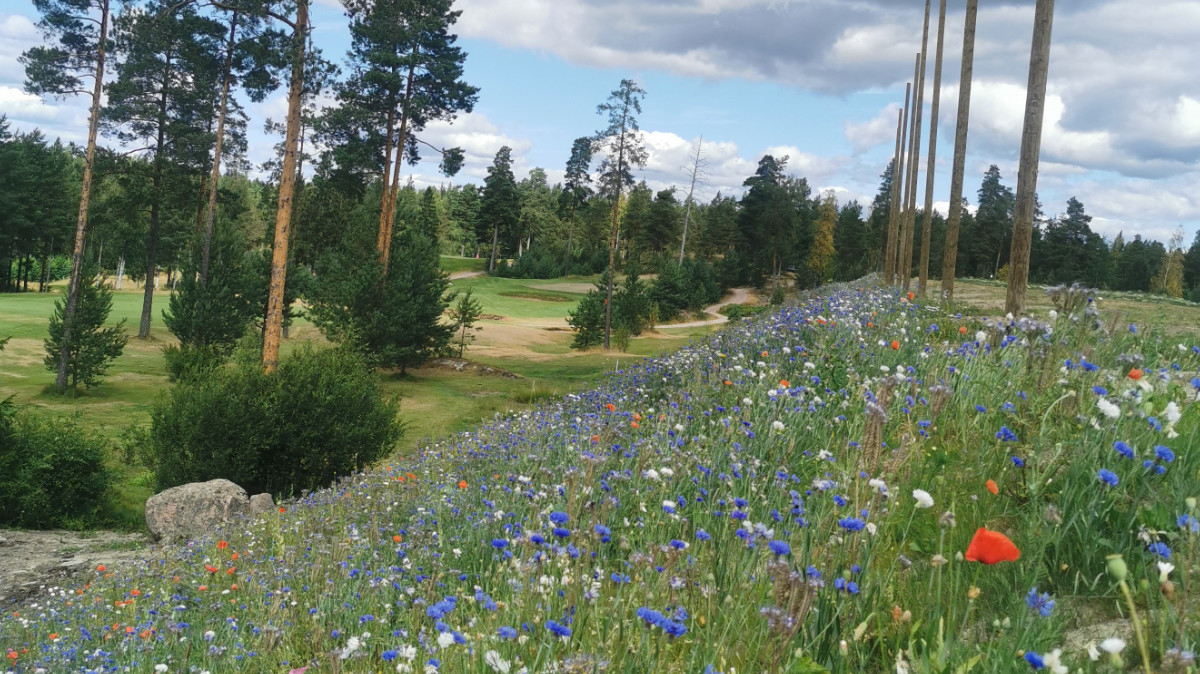
Like other places, Finland’s younger generation has a heightened awareness of the environment. Janne is no different and the team has worked with WWF Finland to produce a book that provides advice on wetland management. The club has previously donated €5 of every green free for the WWF Baltic Sea conservation project and in 2019 worked with WWF Finland and K-Kalapolut to restore a natural brook to better serve trout rising to spawn.
“I think it’s key to get people from those kinds of organisations involved in a discussion about how good golf can be because if they’re not involved, they expect it to be quite bad. Once they get involved, they get excited that we are doing really good things. Then once they start thinking that way, they spread the word out to the public.”
Achieving Master Greenkeeper
Janne’s ambition to achieve Master Greenkeeper status was delayed by the coronavirus pandemic, which prevented a course inspection – which must be completed by two existing Master Greenkeepers – taking place.
That meant when he finally completed the final stage of the certification last month, it wasn’t a moment too soon.
“I was pretty thrilled,” said Janne of the moment he received a phone call from BIGGA’s Deb Burnett telling him he had become BIGGA’s 89th Master Greenkeeper. “It was a great feeling to get the process done because I started over two years ago. I started greenkeeping in 2011 and I’m always looking to develop myself and progress in my career, so this was the natural next step.”
Find out more about Master Greenkeeper
Author

Karl Hansell
Karl has been head of communications for BIGGA since March 2016. His duties include editing the monthly Greenkeeper International magazine, in addition to other communications activities for the association.
